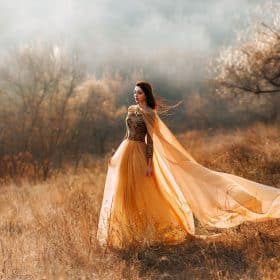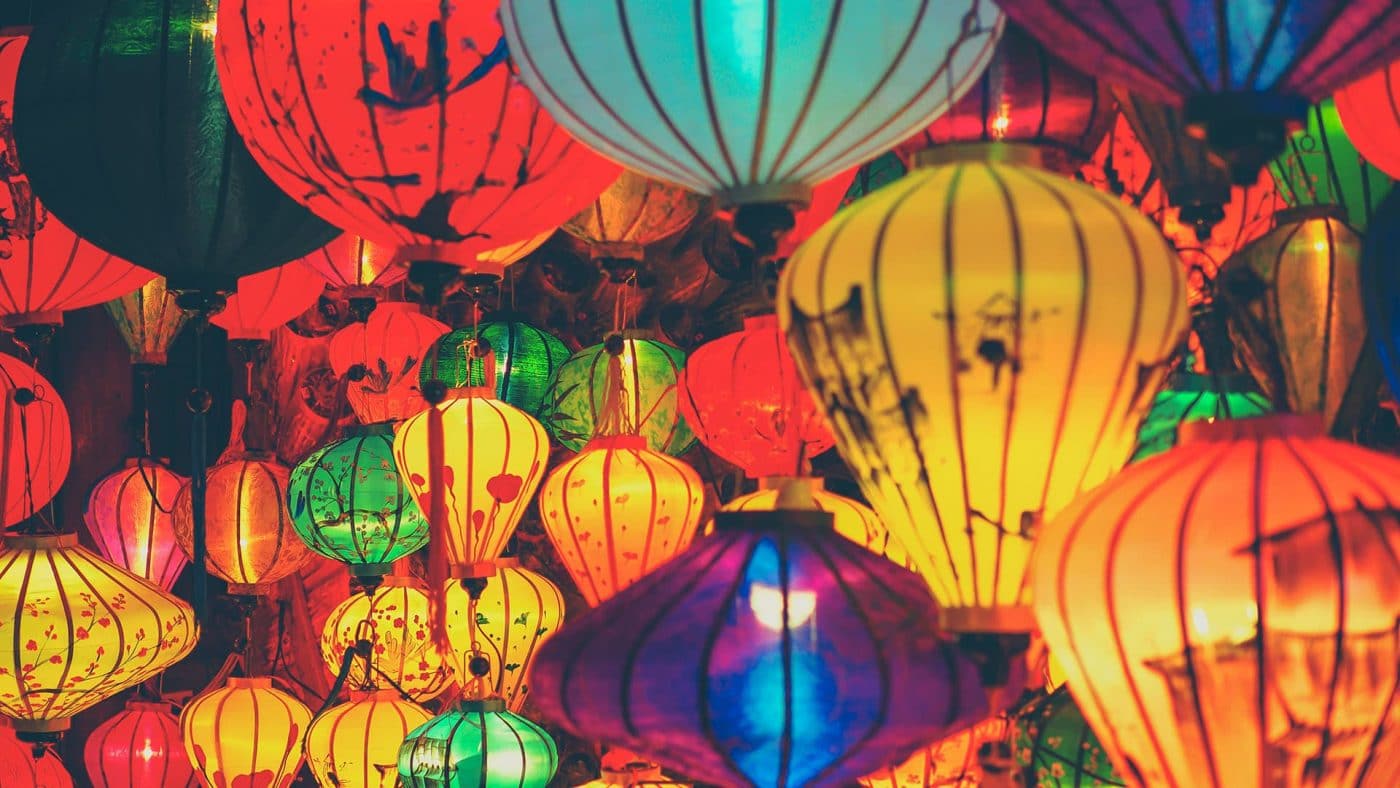Technical
Silk: soft, luxurious, lustrous and stronger than steel
Silk
Silk has a reputation as one of the most luxurious fabrics, you may have heard “smooth as silk” before as well. Another ancient fabric, silk has origins dating back over 8,500 years. As you might be starting to realise, these natural fibres are still in vogue because they have properties that have stood the testament of time. So what are the properties that make this fabric so special?
Introduction

Previously, we wrote about a staple fabric, cotton. Silk differs significantly as a continuous fibre or filament. It is produced most commonly from silkworms on mulberry bushes. Although that is the most common source there are also other sources such as spiders. Looking at some common garments such as the one pictured, it would be very easy to believe it is a weak fabric, but you’d be mistaken. Silk is actually stronger than steel at equivalent weights. Additionally, it is flexible and lighter for the same volume. Over two-thirds of the world’s supply is from China in a market worth close to US$4 billion.
Properties and benefits
Silk has remained in high demand because many of its properties have been difficult to duplicate through artificial alternatives such as rayon and nylon. While individual traits have been duplicated in artificial textiles, the combination is why silk remains in high demand.
- Soft, luxurious and lustrous – Silk is renowned as a material of royalty, in part due to its look and feel. The lustrousness, in particular, makes it extremely comfortable against the skin. This is part of why you can expect to see silk as a lining in high-end clothing.
- High strength – As the strongest natural fabric, it is both durable and resistant to tears.
- Lightweight – The strength per weight means it is possible to produce extremely lightweight and durable clothing
- Low conductivity – Allows it to hold warm air close in winter and feels cool in summer. However, the low conductivity makes the fabric prone to static.
- Highly flexible – This reduces the wrinkling of the fabric as it deforms and returns to the original shape easily. This flexibility can provide garments with a beautiful drape or flow.
- Hypoallergenic – The natural resistance to dust mites, mildew and fungus makes it ideal for people prone to allergies.
- High absorbency – While this provides a strong affinity to dyes and colours, it can also make it prone to staining.
- Biodegradable – For people, who like us, care about the environment, this is an important factor in considering natural fabrics as they can break down easily at the end of their life.
- Prone to damage by acids
While there are many positives about silk as a material, some people may be concerned with the method of manufacture. As the process requires the death of living insects, some people prefer alternatives.
Important weaves
Like cotton, there are multiple weaves available. These weaves can give the final fabric quite different feels and characteristics. Following are a few of the most common:
- Brocade – Uses a jacquard weave to emboss patterns with contrasting effects in the silk.
- Chiffon – Transparent soft and light weave. Chiffon is in the previous image off the model’s shoulder.
- Crepe – Lightweight weave with a soft crinkling. Crepe is often in scarves and blouses.
- Faille – Weave with a ribbed structure
- Habutai – Very smooth plain weave with the lustrous feel but without the high sheen. Habutai is excellent for linings.
- Organza – Lightweight with a light finish. It is commonly used as a padding (e.g. under wedding dresses for volume) or decorating material but can also be a lining.
- Satin – Has a highly glossy surface with a dull reverse side. Satin weaves also create less static.
- Shantung – A thinner weave with slight irregularities in the surface creating an intriguing look. Shantung is often sort after in bridal wear.
